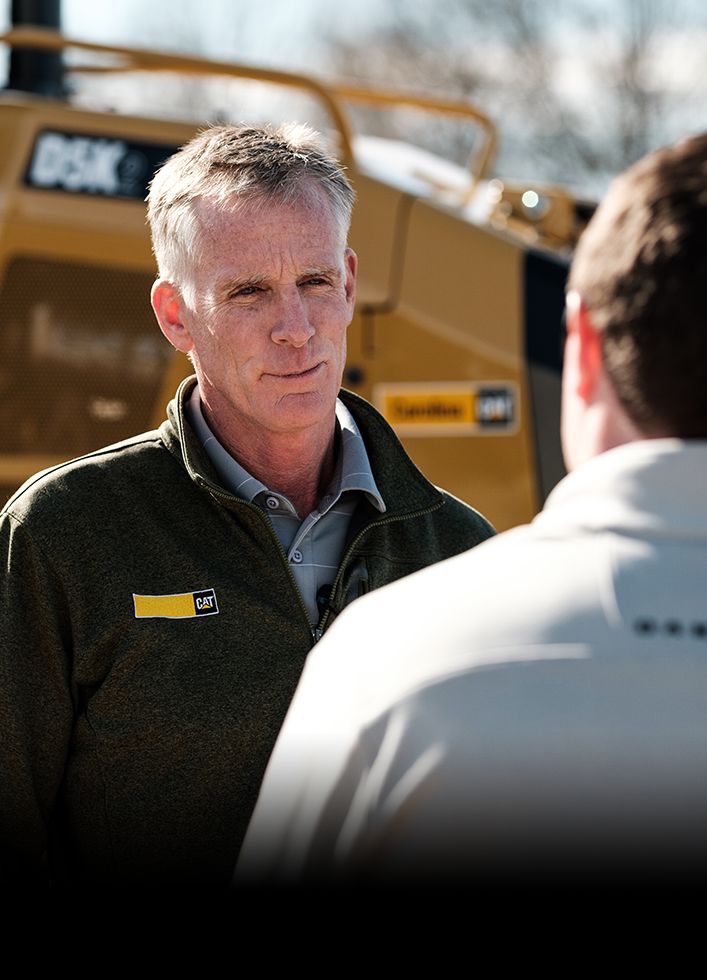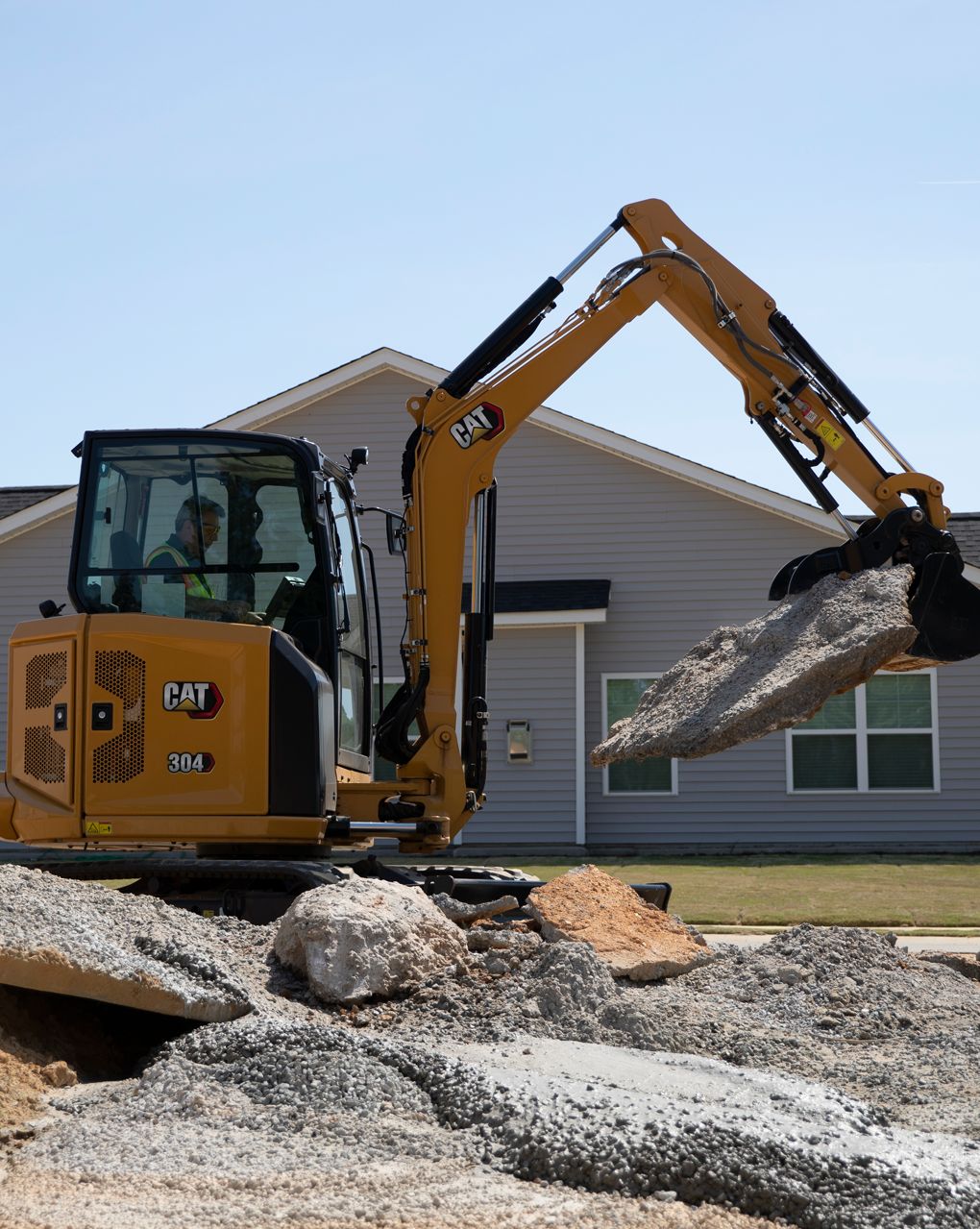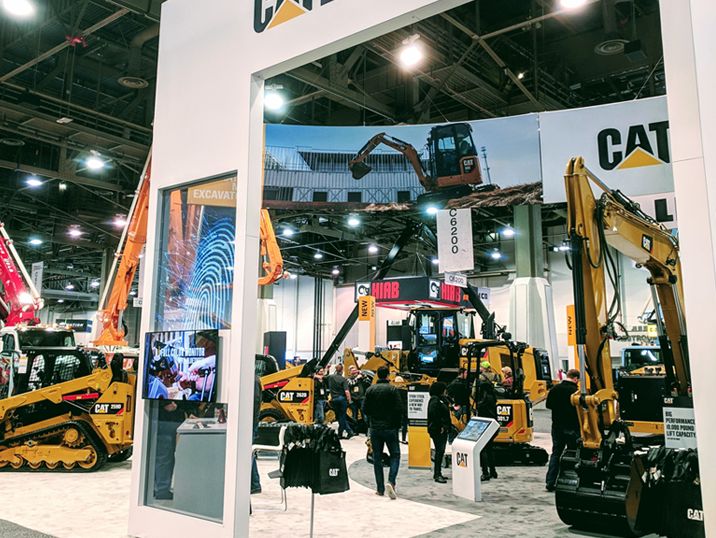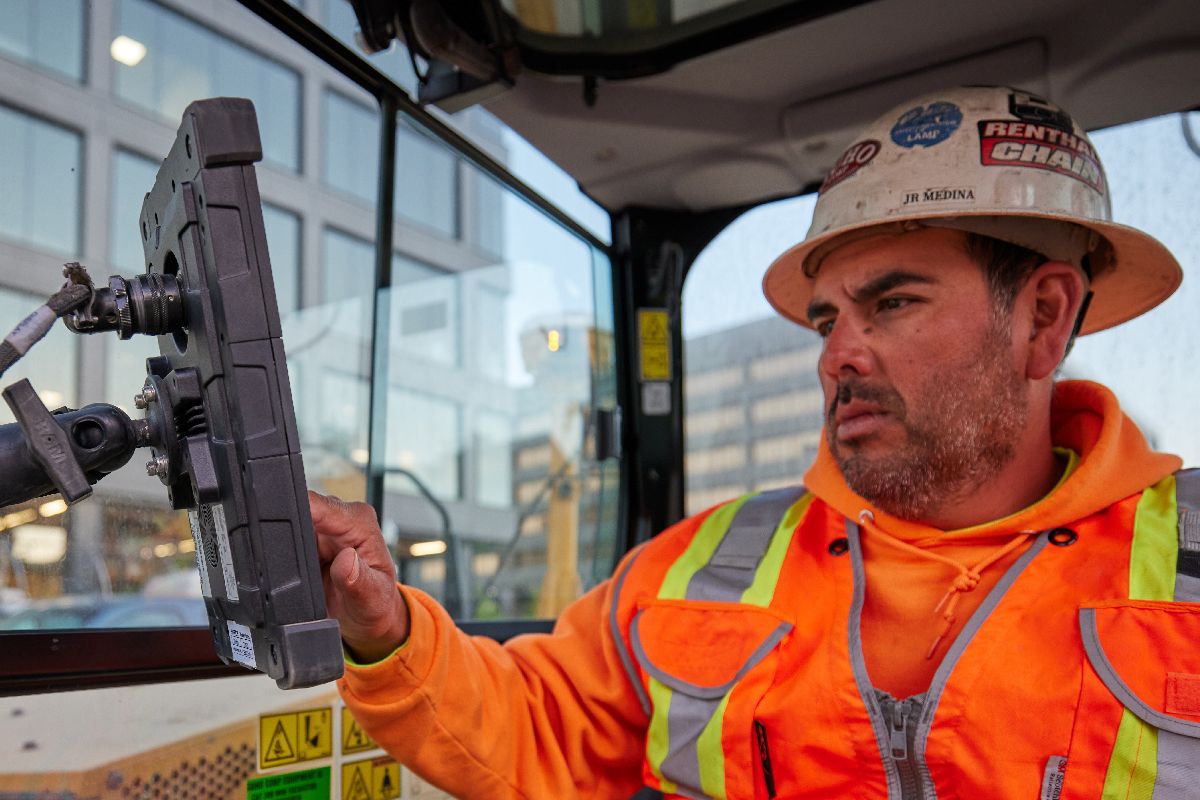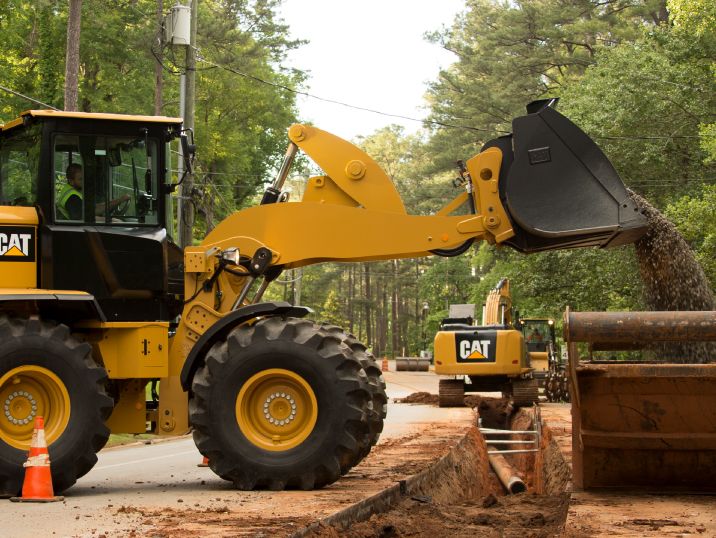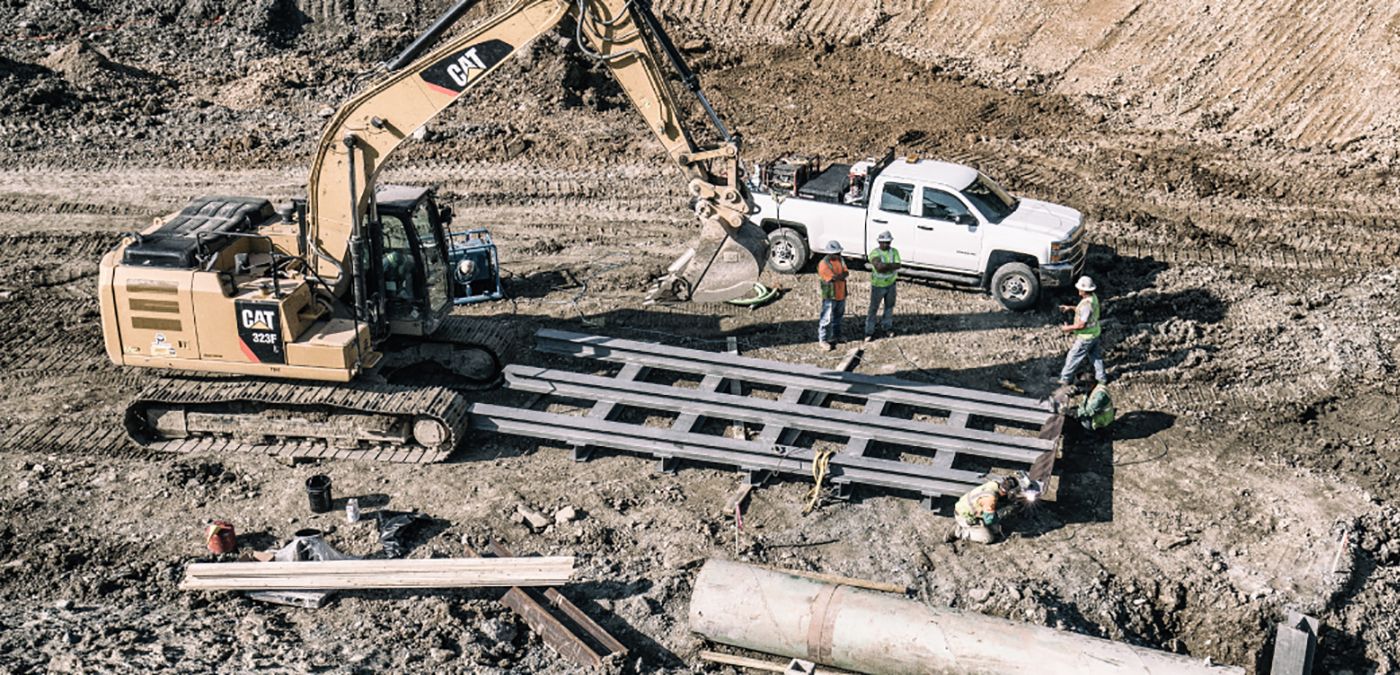

Sign In
Welcome! Sign In to personalize your Cat.com experience
If you already have an existing account with another Cat App, you can use the same account to sign in here
Register Now
One Account. All of Cat.
Your Caterpillar account is the single account you use to log in to select services and applications we offer. Shop for parts and machines online, manage your fleet, go mobile, and more.
Account Information
Site Settings
Security
Mini Excavator Safety:
Lifting Heavy Loads
There’s nothing more important than job site safety. With these excavator safety tips, you’ll be lifting heavy loads like a pro.
CAITLIN MADDOCK-BAHR | Social Media & Digital Strategy Manager
Lifting heavy loads on the job site may seem like an easy task, but there are a number of things you need to account for to practice good excavator safety on the job. These tips can also apply to lifting loads with a mini excavator or even a backhoe loader, so read on.
Understanding Lift Charts
Before you begin lifting heavy loads, be sure that you have reviewed the lift charts for your equipment. Lift charts help you understand what you can lift at different radii and heights from your machine. The spec logs for both excavators and backhoe loaders come with a mini lift chart, and the owner’s manuals of each machine have a full lift chart that goes into more detail. If you’re a construction business owner, make sure you give your employees the proper training on how and when to consult lift charts to maintain excavator safety.
Using Lifting Gear Properly
Before you attach a load to your excavator or backhoe loader, you need to figure out what lifting gear you’ll use. Lifting gear like harnesses and chains should be inspected on a regular basis and replaced if worn or damaged. There are also inspection labels on some equipment to show they’ve been inspected and tested.
Some mini excavators come with a certified lifting eye on the machines as well, which connects to the machine with a certified lifting shackle and prevents any chains or straps from going over bucket teeth.

Positioning Your Machine before the Lift and Spot Checking
Positioning your machine correctly is the next thing to do before you can safely lift a heavy load with it.
Backhoe loaders come with stabilizers to assist with positioning. Make sure your machine is on firm, level ground before you lift anything.
Mini excavator blades also act as a stabilizer. You’ll want to use the blade to do a lift test since that is where you have maximum stability on your machine. Make sure the blade is on firm ground and then lift your load at low idle. By lifting at low idle, you’re more aware of your ground crew and can be alerted more quickly if they see something going wrong with your lift. You aren’t sacrificing power at low idle either – you have as much lifting power at low idle as you do at high idle.
Once you’ve lifted over the blade, you’ll want to perform a spot check around the side of the machine to figure out what your safe working range is to keep your machine from tipping when your load is higher up.
Determining Load Weights
Many commercial materials have weights printed on them already or generally follow a certain weight scale so you can know how much they weigh before you lift them. However, there are always going to be materials you don’t know the weight of. In those cases, you go back to the spot check process.
Accidents can happen on the job site, but if you follow these tips, you have a much greater chance of keeping you and your team safe when lifting heavy loads.


CAITLIN MADDOCK-BAHR
Social Media & Digital Strategy Manager
Caitlin Maddock-Bahr exercises her storytelling expertise as a social media & digital strategy manager. In this role, she not only helps Caterpillar connect with their audience, but helps customers connect with the brand.
RELATED ARTICLES
You’re here to get ideas to grow your business. Read on for machine insights and expert tips and tricks to get more out of every job.
-
World of Concrete 2020 Recap: Creating a Safety Culture Workplace
Caterpillar’s Justin Ganchow, of Caterpillar Safety Services, shared his insights about creating a safety culture workplace at World of Concrete 2020.
Learn More -
Equipment Safety Features That Are Worth the Investment
From tip-over protection systems to push-button swing protection, these Cat® mini excavator safety features are critical to protecting workers.
Learn More -
Bid on Jobs More Accurately
Use the technology on your small wheel loader to monitor fuel consumption and costs for more accurate job bids and greater profits.
Learn More -
Stay Cool — and Safe — This Sumer
As temperatures rise, chances are your workload will, too. Summer brings an influx of jobs to the construction industry, and that can mean long hours in the sun, heat and humidity for your team — and your equipment. Here are a few tips to keep both safe during the dog days of summer.
Learn More
Connect with Us
In person or online, we're here to help you find the answers you need. Reach out to your local Cat dealer for advice close to home. Sign up for our newsletter to hear from industry experts. Or keep exploring this site for additional information.

